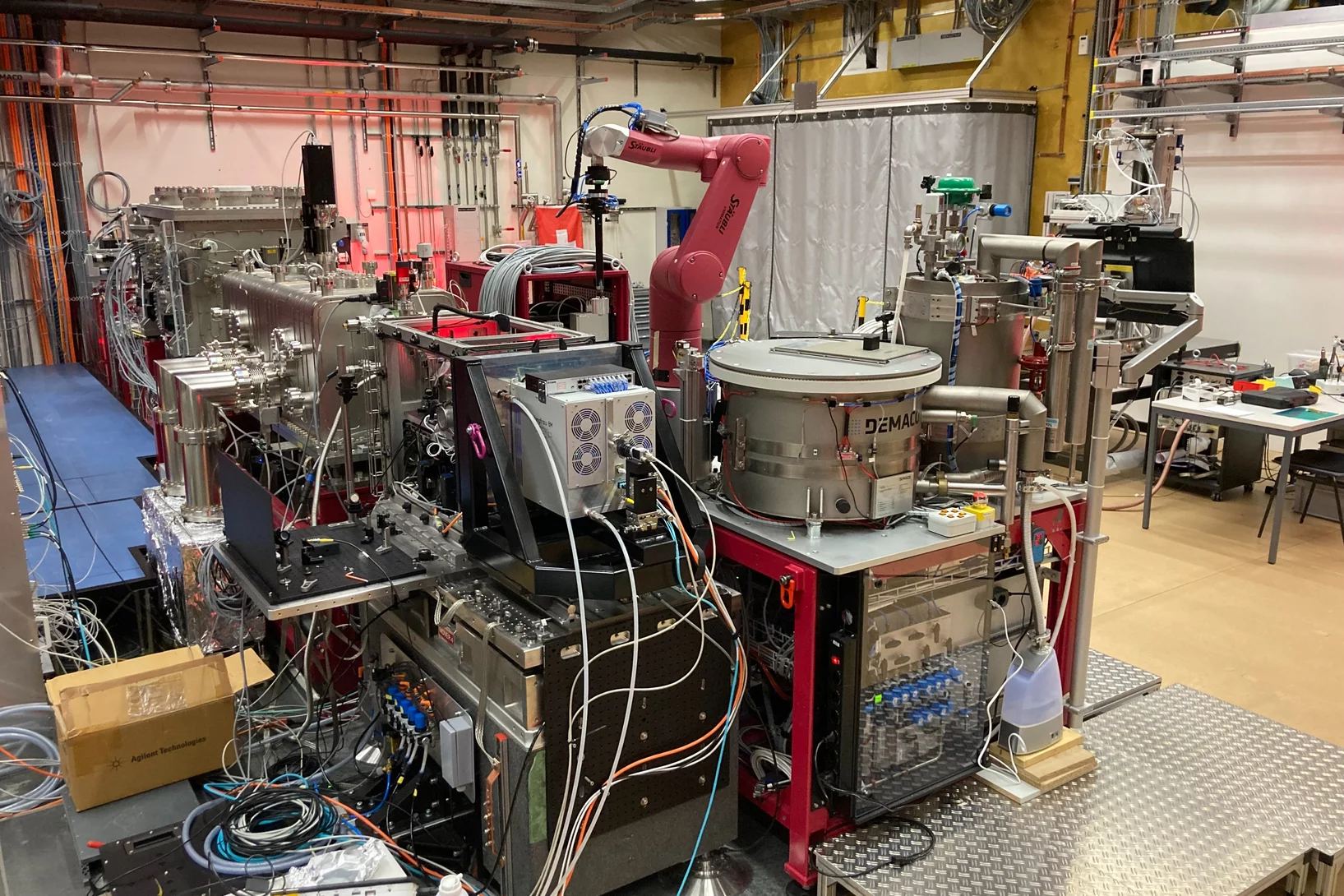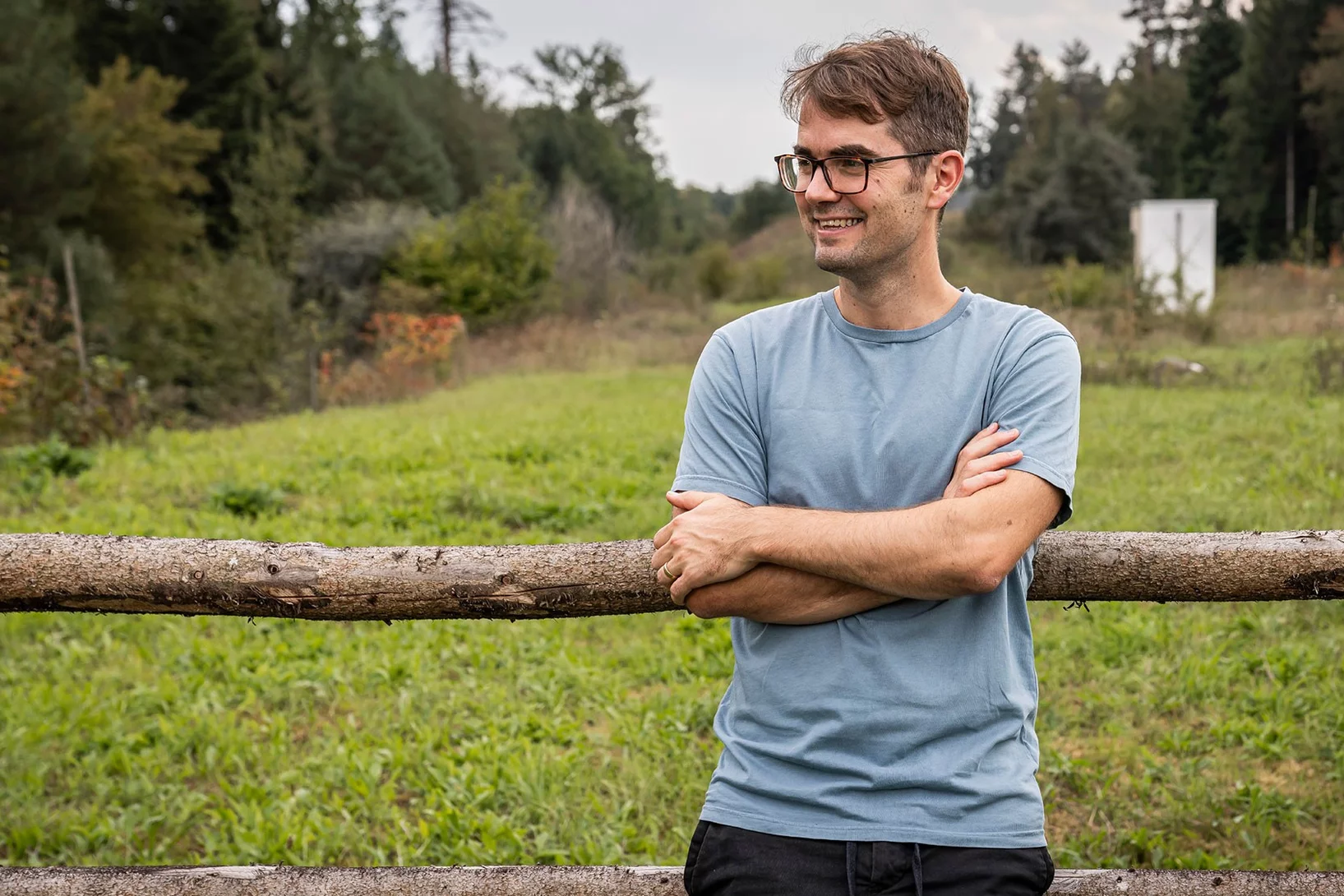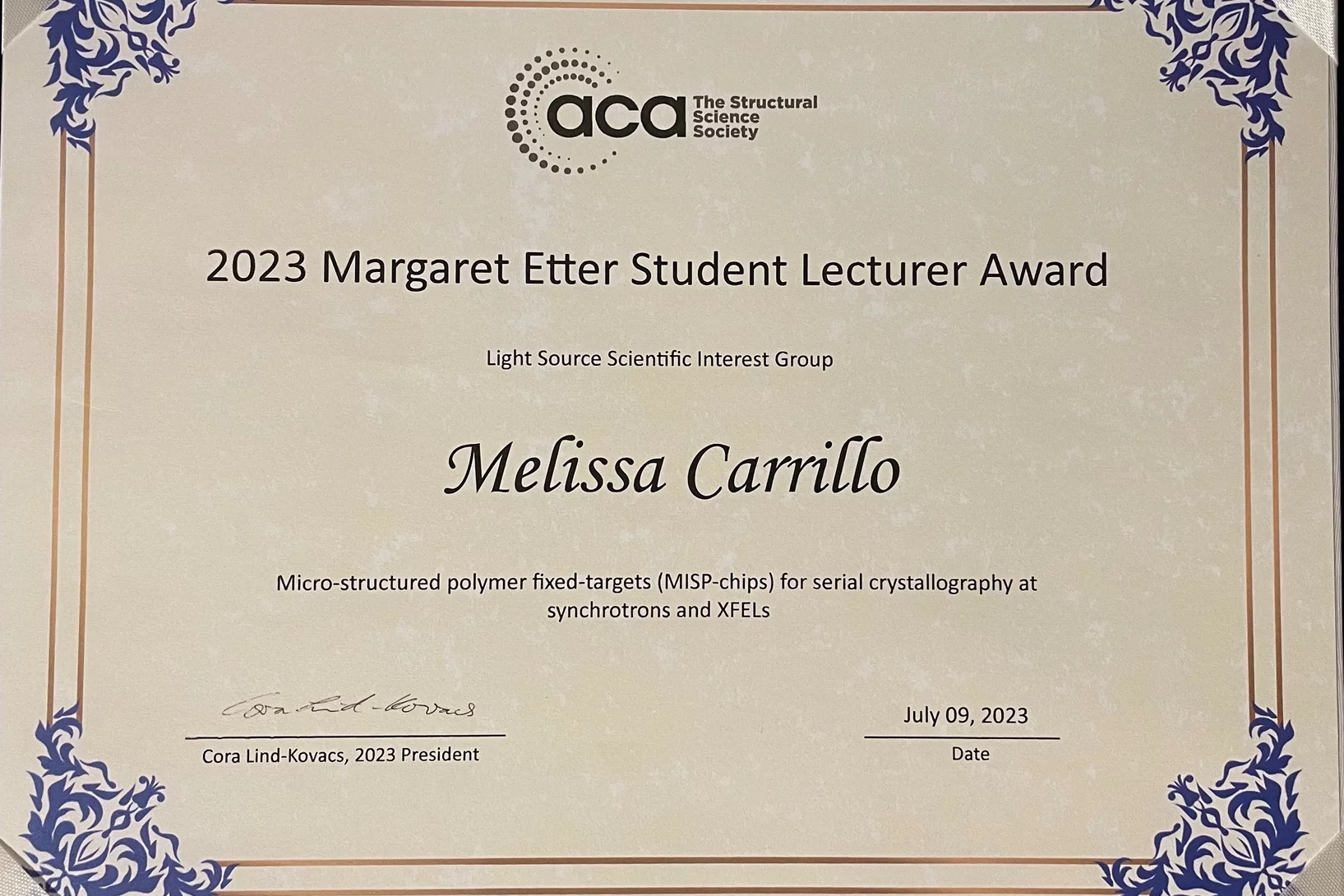SwissFEL Cristallina Endstation
Cristallina is the third endstation of the SwissFEL ARAMIS hard X-ray beamline. It serves both quantum science (Cristallina-Q) and structural biology (Cristallina-MX), enabling the imaging of quantum many-body states under extreme conditions and serial femtosecond protein crystallography, respectively.
The Cristallina-MX experimental stations are designed for serial femtosecond crystallography (SFX), and operated by the Cristallina-MX team with the support of the Macromolecular Crystallography Group. The SwissMX fixed-target SFX experimental station is in user operations since January 2024. Experimental stations for different means of sample delivery are in conception.
The Cristallina-Q experimental stations provides unique high-field and low-temperature capabilities, and are operated by the Cristallina-Q team within the Quantum Photon Science Group and in collaboration with the Laboratory for Quantum Matter Research of Prof. Johan Chang at the University of Zurich (UZH). Cristallina-Q has been partially funded by UZH, SNSF and PSI via the R’Equip scheme. The experimental stations include the Ultralow-T Vectormagnet, now open to users, and the Pulsed Magnet, which is currently under commissioning. Both experimental stations rely on heavy-load diffractometers to orient the sample in the beam.
The overall Cristallina endstation layout allows for reshuffling of the experimental stations between the X-ray beam experiment position and dedicated preparation areas by sliding the setups over a granite floor by means of airpads. The Cristallina beamline is designed to operate with both pink and monochromatic beam, and to provide a variable beam size at the sample position down to smaller than 2 µm using bendable KB mirrors. The beamline is operational in pink beam mode. A monochromator has been installed in the winter shutdown 2025 and is currently being commissioned for experiments requiring reduced bandwidths.
Cristallina News and Scientific Highlights
Apporter la lumière du SwissFEL aux utilisateurs industriels
Des expériences à haut débit permettront aux utilisateurs en biologie structurale de bénéficier de la lumière d’un XFEL.
SwissFEL #LightSourceSelfie of Maël Clémence
Check out Maël Clémence's #LightSourceSelfie about his PhD project on quantum properties of magnetic materials at the Cristallina-Q endstation of SwissFEL.
Congratulations to Melissa Carrillo for winning the 2023 Margaret Etter Student Lecturer Award at the ACA in the Light Sources Category
Melissa Carrillo is a PhD student under the supervision of Dr. Celestino Padeste from the Laboratory of Nanoscale Biology at PSI. Through a collaboration with the Laboratory for X-ray Nanoscience and Technologies, they are responsible for the design and production of the polymer fixed-targets used by the SwissMX endstation at Cristallina. We whole hearted congratulate Melissa for her receipt of a 2023 Margaret Etter Student Lecturer Award at the recent American Crystallography Association Meeting for her work on these polymer supports!
Publications
-
Williams LJ, Thompson AJ, Dijkstal P, Appleby M, Assmann G, Dworkowski FSN, et al.
Damage before destruction? X-ray-induced changes in single-pulse serial femtosecond crystallography
IUCrJ. 2025; 12(3): 1-14. https://doi.org/10.1107/S2052252525002660
DORA PSI -
Gotthard G, Flores-Ibarra A, Carrillo M, Kepa MW, Mason TJ, Stegmann DP, et al.
Fixed-target pump–probe SFX: eliminating the scourge of light contamination
IUCrJ. 2024; 11(5): 1-13. https://doi.org/10.1107/S2052252524005591
DORA PSI -
Carrillo M, Mason TJ, Karpik A, Martiel I, Kepa MW, McAuley KE, et al.
Micro-structured polymer fixed targets for serial crystallography at synchrotrons and XFELs
IUCrJ. 2023; 10(6): 678-693. https://doi.org/10.1107/S2052252523007595
DORA PSI





